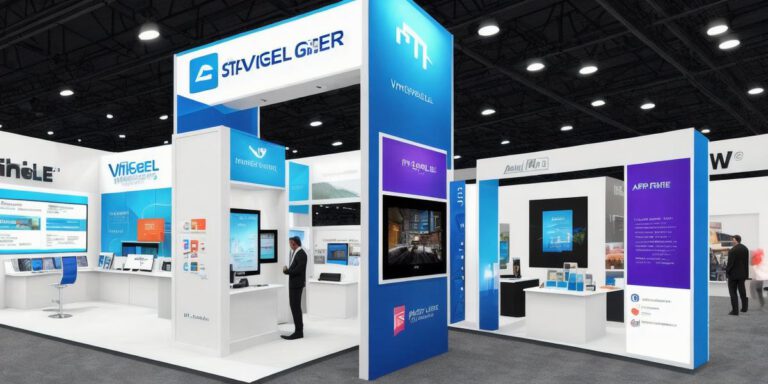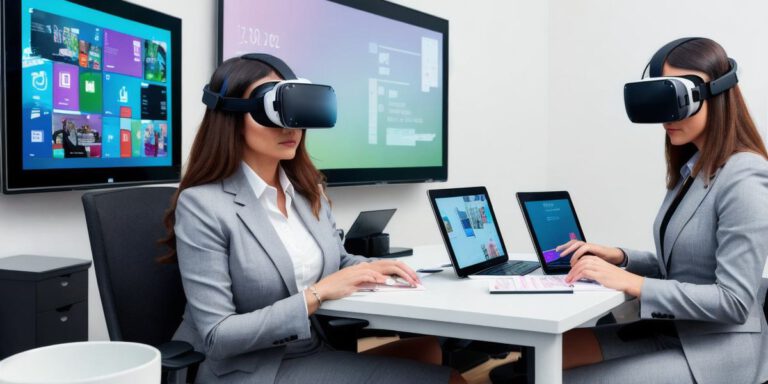AR-Enhanced Virtual Exhibitions: The Future of Event Marketing

As technology continues to evolve, virtual events are becoming increasingly popular among businesses and organizations. One of the latest innovations in this space is the use of augmented reality (AR) and virtual reality (VR) technologies to enhance the attendee experience at virtual exhibitions. In this article, we will explore how AR-enhanced virtual exhibitions are redefining the way attendees explore and engage with virtual events.
Virtual events have become more popular due to their cost-effectiveness and accessibility. However, one of the main challenges of virtual events is creating an immersive and engaging experience for attendees. AR-enhanced virtual exhibitions can address this challenge by providing a more interactive and personalized experience for attendees.
AR-enhanced virtual exhibitions use AR technology to superimpose digital content onto the real world, creating an immersive experience for attendees. For example, attendees can use their smartphones or tablets to scan a QR code at a booth, which will trigger an AR experience that allows them to explore the product in 3D and interact with it in a more meaningful way.
One company that has successfully implemented AR-enhanced virtual exhibitions is Coca-Cola. At the 2019 Cannes Lions Festival, Coca-Cola created an AR experience that allowed attendees to customize their own Coke bottle and see how it would look in real life. The experience was a huge success, with over 30,000 attendees participating.
AR-enhanced virtual exhibitions can also be used to create more engaging product demonstrations. For example, at the 2019 CES (Consumer Electronics Show) exhibition, Samsung created an AR experience that allowed attendees to explore different color schemes and customization options for their smartphones. The experience was a massive hit, with over 50,000 attendees participating.
In addition to creating more engaging experiences, AR-enhanced virtual exhibitions can also help businesses better understand their target audience. By using data analytics, businesses can track attendee behavior and preferences, which can help them tailor their marketing strategies and product offerings to better meet the needs of their customers.
AR-enhanced virtual exhibitions are still a relatively new concept, but they have already proven to be an effective way to create more engaging and personalized experiences for attendees at virtual events. As technology continues to evolve, we can expect to see more businesses embracing AR-enhanced virtual exhibitions as a way to redefine the way we approach event marketing.
FAQs:
- What is an AR-enhanced virtual exhibition?
An AR-enhanced virtual exhibition uses augmented reality technology to create a more immersive and personalized experience for attendees at virtual events. - How does an AR-enhanced virtual exhibition work?
AR-enhanced virtual exhibitions use QR codes or other technologies to trigger an AR experience that allows attendees to explore digital content in the real world. - What are some examples of AR-enhanced virtual exhibitions?
Coca-Cola and Samsung are two companies that have successfully implemented AR-enhanced virtual exhibitions at trade shows and events. - How can businesses benefit from AR-enhanced virtual exhibitions?
Businesses can use AR-enhanced virtual exhibitions to create more engaging experiences for attendees, better understand their target audience, and tailor their marketing strategies and product offerings to meet the needs of their customers.








